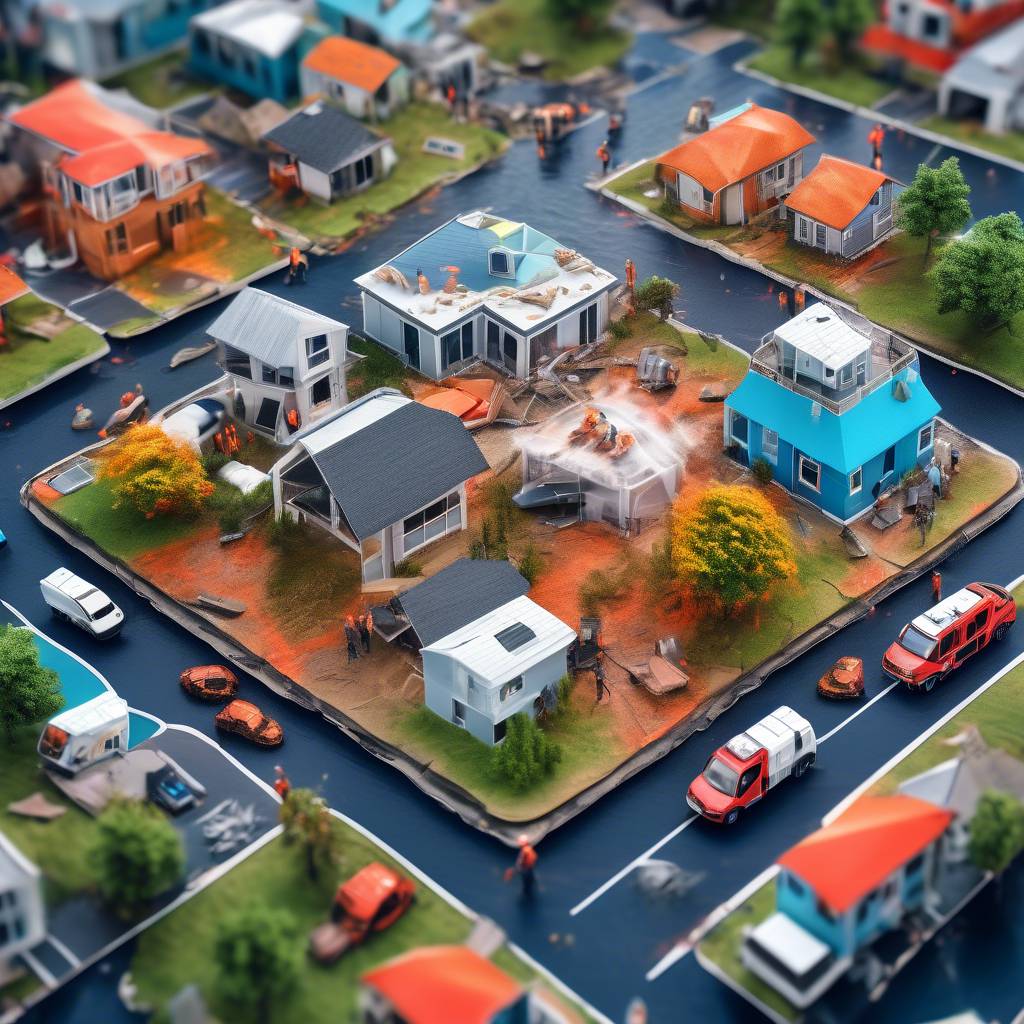The urgency of building climate resilience is evident in the face of increasing natural disaster risks due to climate change, as highlighted by recent reports from the Intergovernmental Panel on Climate Change (IPCC). In response to this pressing need, the integration of property technology (proptech) and construction technology (contech) has emerged as a promising solution for enhancing infrastructure resilience. By utilizing advanced technologies and data-driven approaches, we have the opportunity to improve disaster preparedness, response, and recovery efforts, ultimately safeguarding communities and vital assets in the process.
The integration of proptech and contech plays a crucial role in pre-disaster mitigation and preparedness by fortifying infrastructure against potential threats. Through innovative construction methodologies, such as resilient design principles and the incorporation of smart sensors, buildings can be transformed into dynamic systems capable of withstanding natural disasters. Incorporating advanced materials like self-healing concrete and shape-memory alloys further enhances the durability and adaptive capacity of infrastructure, leading to reduced repair costs and extended building lifespans. Proptech contributes by providing continuous monitoring and intelligent decision-making through platforms like artificial intelligence, allowing for proactive disaster mitigation strategies well before any event occurs.
During a natural disaster, the real-time capabilities of proptech and contech become paramount in managing emergency responses effectively. Proptech solutions equipped with real-time data analytics and IoT devices provide immediate insights crucial for coordinating efficient response efforts, reducing the time needed to mitigate the situation and initiate recovery operations. Post-disaster response and recovery efforts benefit immensely from the deployment of proptech and contech solutions, such as drone technology and satellite imagery for damage assessment and resource allocation. Modular and prefabricated construction techniques aid in the quick restoration of affected areas, contributing to sustainable rebuilding efforts and long-term resilience.
Despite the benefits of proptech and contech, challenges such as accessibility, affordability, and the skills gap pose obstacles to widespread adoption, particularly in under-resourced or vulnerable communities. Collaboration among governments, technology providers, developers, and communities is essential to address these challenges and ensure that advanced technologies are inclusive and accessible to all segments of society. By fostering public-private partnerships, scaling up innovative solutions, and developing technologies that cater to diverse community needs, we can create a more resilient future where all have the tools necessary to adapt to and recover from natural disasters.
The integration of proptech and contech into our built environments is vital to building a safer, more resilient future in the face of climate change and escalating natural disaster risks. These technologies offer hope and a path forward in reimagining our approach to disaster mitigation, enabling us to build communities that are prepared for the uncertainties of tomorrow. By navigating challenges of equity and accessibility through innovation, inclusivity, and collaboration, we can leverage the full potential of proptech and contech to ensure that all communities are shielded from the impacts of natural disasters and thrive in the face of adversity.









